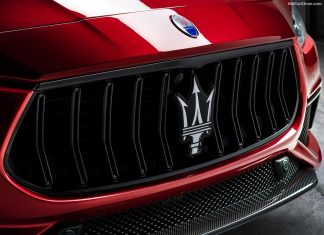The color of your motorcycle helmet says a lot about your personality and riding preferences. You may not pay much attention to this essential safety item, but you can use it to send all sorts of signals on and off the road. The color of your helmet can also affect riding comfort and visibility, making it much more than just a protective layer for your head. Learn everything there is to know about motorcycle helmet colors to choose the right shade for your motorcycle.
Your Guide to Motorcycle Helmet Colors
Motorcycle helmets come in just about every color you can imagine. You can even customize the color of your helmet for even more creative freedom. The standard color tends to be black, considering most riders like to wear leather and dark colors on the road, but you can still find a range of colors for sale online.
When choosing the color of your helmet, keep the following factors in mind:
- Safety First
Research suggests that white helmets tend to be safer than black and dark helmets. They reflect more light, which can be an asset when driving at night. However, yellow, orange, and green tend to be the safest color for motorcycle helmets. Green is the most visible in the daytime and yellow in the most visible at night. These colors tend to attract the eye and stand out better on the road for added visibility. You might have to do some digging online to find a manufacturer that offers these colors, but the brighter the better.
If you use a motorcycle Bluetooth headset to listen to music or coordinate with your fellow riders, make sure the helmet is compatible with your gear. The device should clip onto the side of the helmet for hands-free communication.
- Temperature and Comfort
The color of your helmet can also have a significant impact on how much heat is coming from your helmet. We lose most of our heat through our foreheads, and darker colors tend to absorb heat. White and light-colored helmets don’t hold as much heat to help your body expel heat naturally as you ride. Choose a lighter shade to stay cool in warmer temperatures. You can also use a helmet with vents to improve airflow.
- Style and Messaging
Driving a motorcycle can help you elevate your style, and your helmet is an important part of your look. If you’re trying to put on a show, consider matching your helmet to your motorcycle. You can customize the look of both by adding a special pattern, logo, or design.
The back of your helmet is bound to get a lot of attention on the road. It’s one of the first things other drivers will see. You can add text, stickers, or symbols to your helmet to send a message or promote your business. Put your name on your helmet so it doesn’t get confused with someone else’s.
How to Change the Color of Your Motorcycle Helmet
If you already have a helmet and don’t feel like buying a new one from scratch, you don’t have to live with the same color forever. You can change the color yourself by painting on a new design. Use spray paint or acrylic paint to adjust the color. Spray paint will help you create an all-over look, but acrylic paint will give you more control. Make sure you thoroughly clean your helmet and tape off the sides before you start painting.
You can also have a professional paint your helmet for you. A full-face helmet paint job tends to cost around $600, but you have to pay extra for text, custom designs, and protective coatings that block UV rays.
Dressing Up Your Motorcycle Helmet
The possibilities are endless when it comes to redesigning your motorcycle helmet. The color you choose sends a clear message about your priorities as a driver. A lighter color shows that you care about safety and comfort. Brightly colored yellow and green helmets are used for maximum visibility













